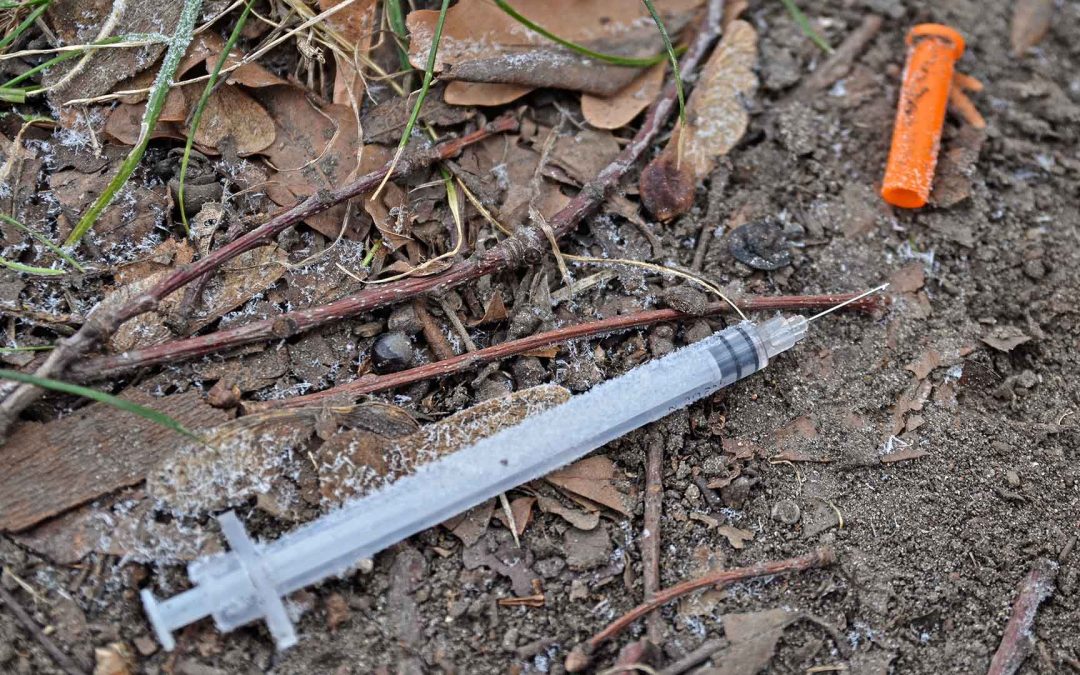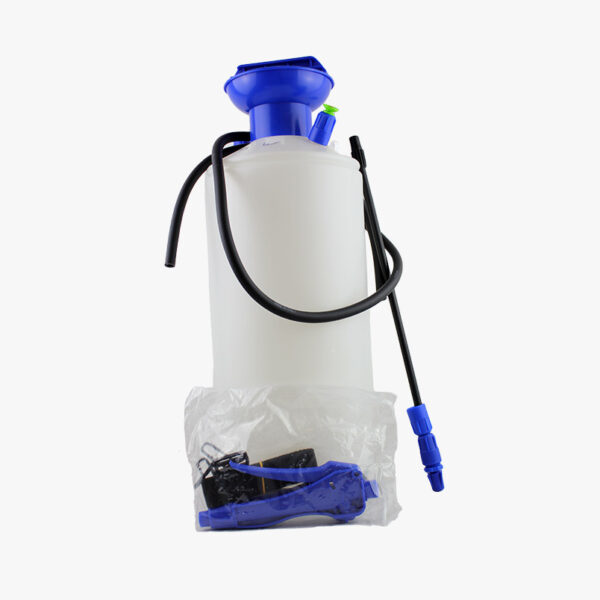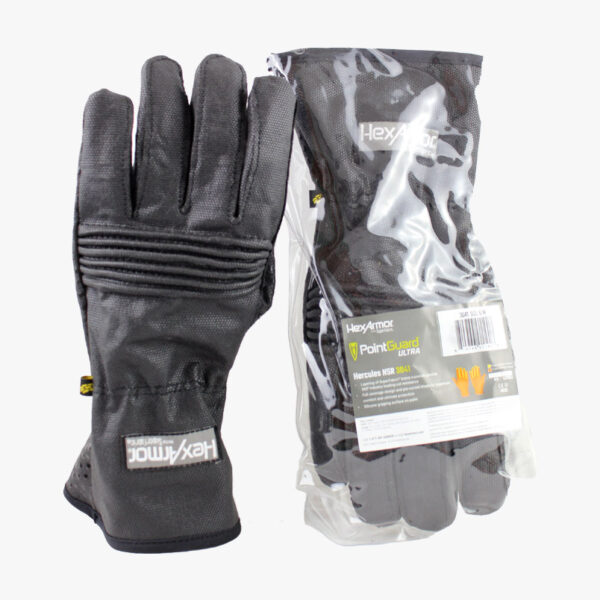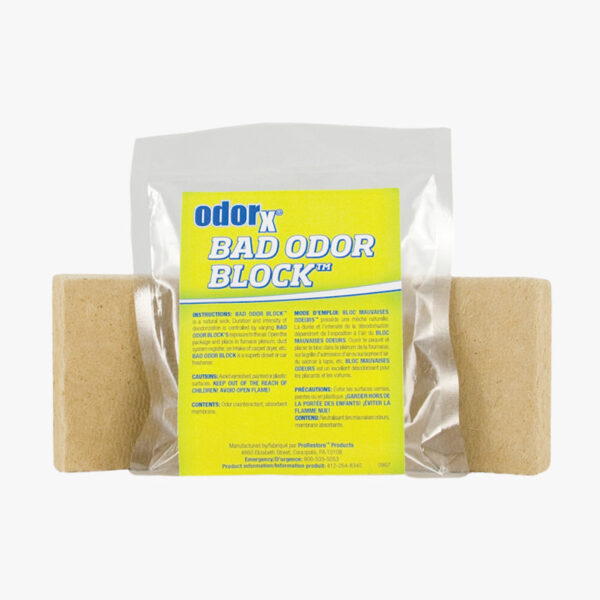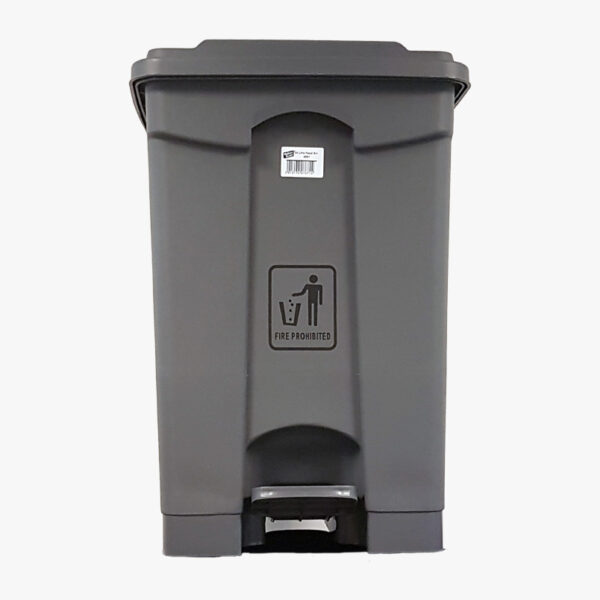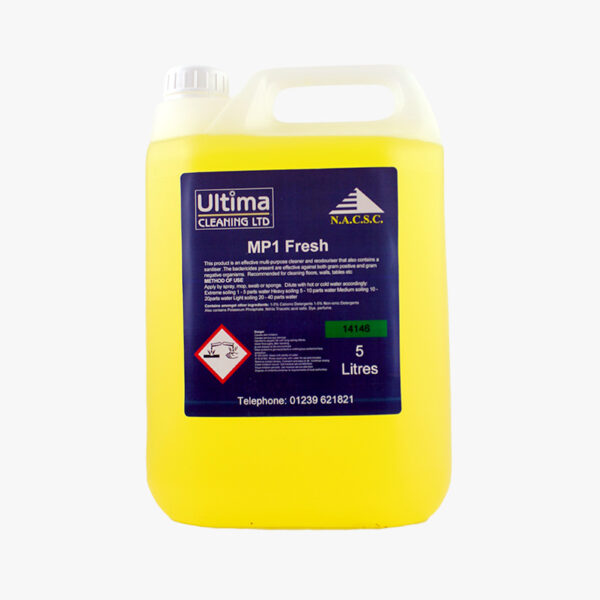In this blog post, we will explore the importance of specialised training for conducting needle sweeps safely. We’ll also provide a handy step-by-step guide to assist specialist cleaners in performing needle sweeps effectively.
Understanding the Risks
Before delving into the details of needle sweeps, it’s crucial to understand the potential risks involved. Handling used needles and other sharps without proper needle sweep training can lead to severe consequences.
Health risks
Used needles can easily break the skin, creating a direct pathway for highly infectious pathogens such as HIV and Hepatitis B. Exposure to these viruses can result in serious and potentially life-threatening health complications.
Hazardous waste regulations
Sharps fall under the category of clinical waste and so must be disposed of in line with the government’s hazardous waste regulations. There are strict safety protocols for needle sweeps and failure to comply with these rules can result in hefty fines and prosecution.
What are sharps?
Sharps are waste items that are capable of puncturing or piercing the skin, presenting potential risks and hazards.
Common examples of sharps include:
- Syringes
- Hypodermic needles
- Knives
- Razors
- Scissors
- Scalpels
- Broken glass
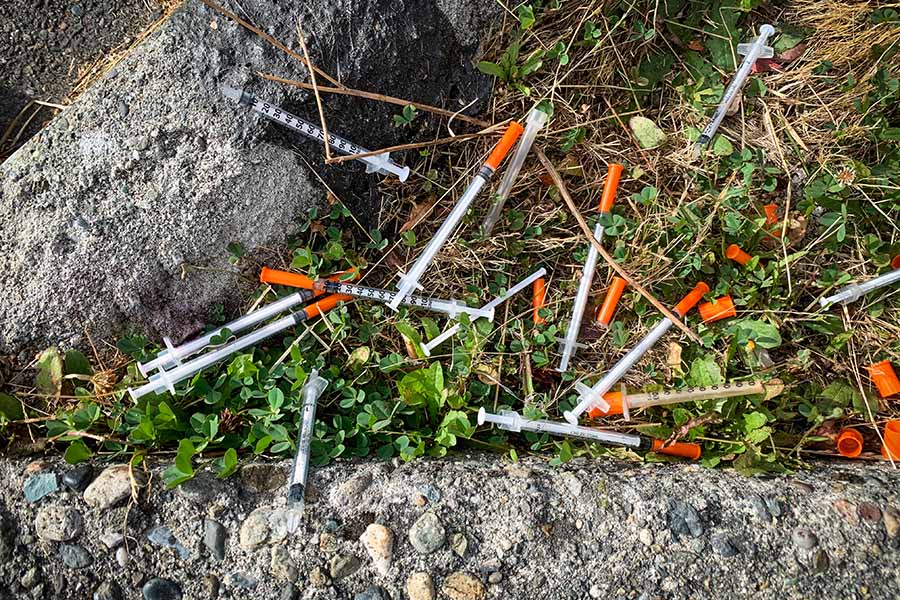
The Importance of Training for Needle Sweeps
Sharps must be collected and disposed of with the utmost care. Anyone who may potentially come into contact with sharps should receive specialised training. This includes not only specialist cleaners but also professionals in various fields such as police officers and emergency services personnel.
Professional needle sweep training equips cleaners with crucial knowledge about safety protocols, needle disposal techniques, and how to conduct an effective risk assessment in needle sweeps.
Suggested reading: Looking for trained needle sweep professionals? Click here to find out more about our professional sharps disposal service.
Essential Equipment for Needle Sweeps
Appropriate personal protective equipment (PPE) and specialised cleaning equipment are paramount for conducting needle sweeps safely.
Essential protective gear for needle sweeps include:
- Needlestick Resistant Gloves: Puncture-resistant safety gloves will protect your fingers, hands and wrists when handling needles and other sharp objects.
- Sharps picker: A sharps picker can be used to pick up needles and other sharps from difficult-to-reach areas.
- Sharps disposal boxes: You must place needles in a container that is suitable for disposing of used sharps. A sharps disposal box is usually a bright orange-lidded box with a clearly marked warning label.
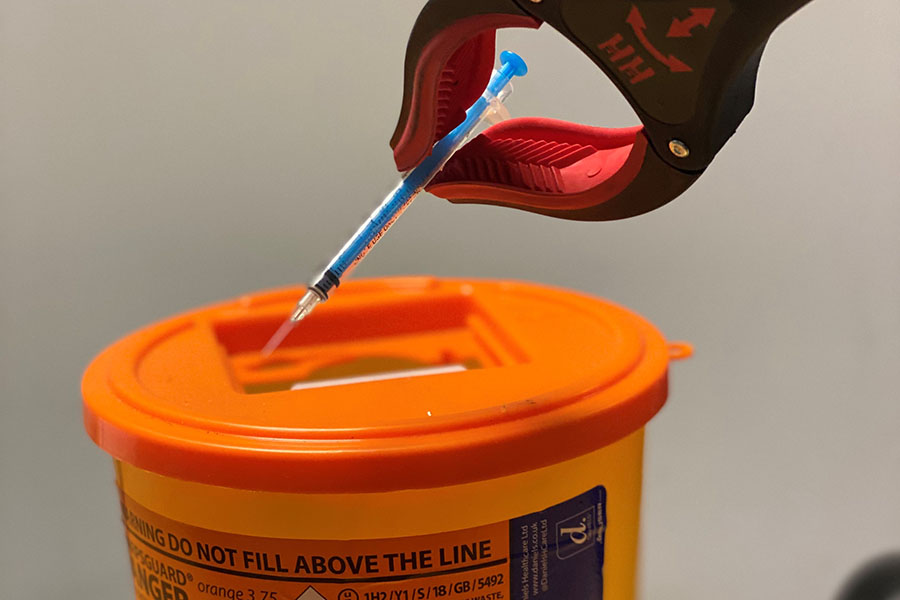
Step-by-Step Guide to Conducting Needle Sweeps
A well-structured approach is crucial when conducting needle sweeps. This section will provide a detailed, step-by-step guide for specialist cleaners.
- Risk Assessment: Thoroughly assess the environment and potential hazards before starting the needle sweep.
- PPE: Wear the appropriate protective gear for needle sweeps, including puncture-resistant gloves and any additional PPE.
- Needle Collection: Use specialised tools and cleaning equipment for needle sweeps to carefully collect hazardous sharps.
- Proper Disposal: Follow the appropriate protocols for the safe disposal of collected needles. Collected needles must always be stored in suitable containers and cleaners should never attempt to recap needles — this is how most accidental needle-stick injuries happen according to the Department of Education.
- Post-Sweep Measures: Clean and decontaminate the area, documenting the entire process for accountability purposes.
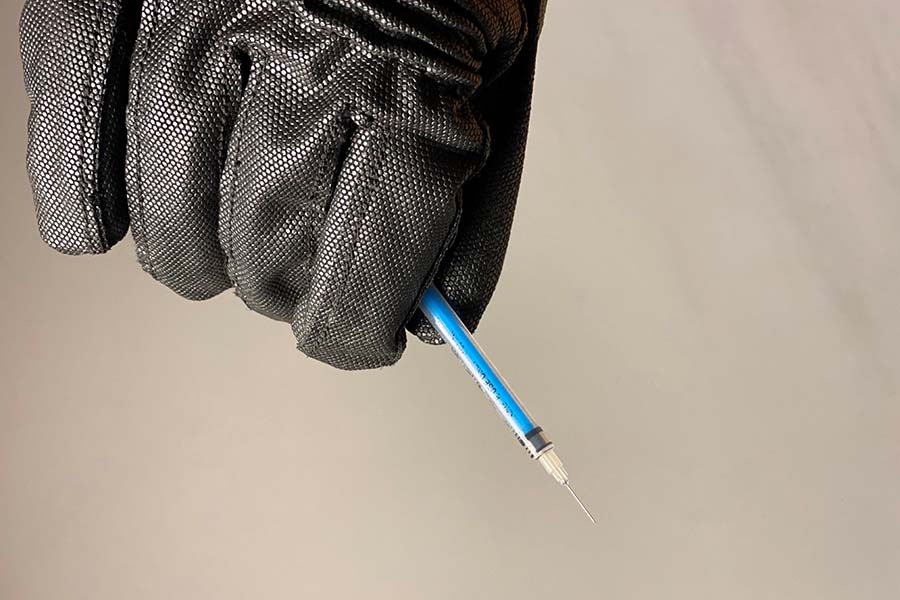
What should I do if I injure myself with a used needle?
After completing a needle sweep, it is vital to monitor your health and be prepared to take prompt action in the event of an accidental stick.
The NHS provides the following advice if you injure yourself with a used needle:
- Wash the wound using running water and plenty of soap
- Do not scrub the wound while you’re washing it
- Do not suck the wound
- Dry the wound and cover it with a waterproof dressing
You should also seek urgent medical attention as you may need treatment to reduce the risk of getting an infection. Call your GP, NHS 111, or go to the nearest accident and emergency (A&E) department.
How to Get Trained for Needle Sweeps
To excel in the field of conducting needle sweeps, acquiring proper training is essential. It is crucial that you complete a comprehensive CPD-accredited program at a reputable institution with expert trainers.
At Ultima, we offer online sharps removal training that will teach you how to become a qualified expert in needle sweeps. The course covers:
- The specialist skills and methods needed to collect and dispose of used sharps.
- How to search for, collect, and dispose of used sharps in accordance with current waste regulations.
- How to work safely in potentially hazardous environments.
At Ultima, we prioritise flexibility and convenience. Our training modules are accessible through our user-friendly e-learning platform, enabling you to study at a time and place that suits you best.
Final thoughts
Needle sweeps carry serious risks and the importance of safety and proper training cannot be overstated. By acquiring the necessary knowledge and skills, individuals can contribute to safer and more effective needle sweeps, protecting both themselves and those around them.
If you would like to gain the expertise and certification needed to conduct needle sweeps safely and effectively, enrol in the Ultima Cleaning Academy today. We are empowering individuals like you to become skilled professionals in this specialised field.
